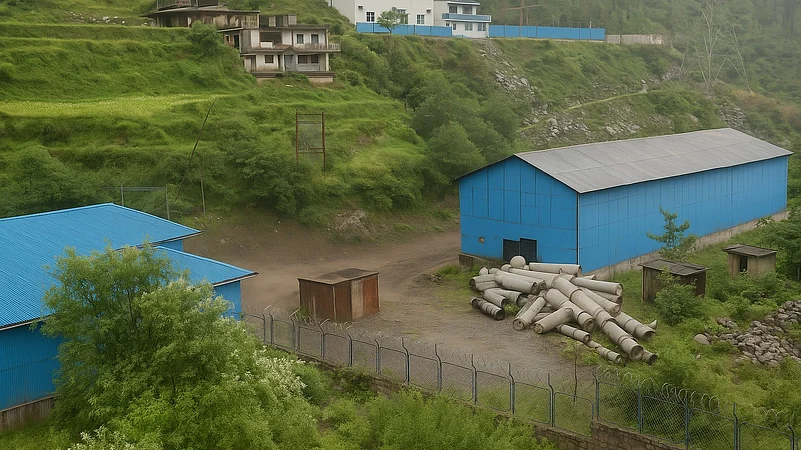Himachal Pradesh is reeling with heavy rain related incidents including building collapses, landslides and widespread road blockades across the state since the onset of monsoon on June 20, claiming 23 lives in the state, according to HT.
According to the state emergency operation centre, 259 roads including 129 in Mandi and 92 in Sirmaur district were closed in the state following cloudbursts, flash floods and landslides triggered by heavy rains, while 614 transformers and 130 water supply schemes have been disrupted.
Himachal received an average of 135 mm of rain in June against the normal of 101 mm, an excess of 34 per cent. It is the 21st highest rainfall in the month of June in the state since 1901. The highest rainfall of 252.7 mm was recorded in the year 1971.
Chairing a high-level meeting to review monsoon preparedness, Revenue Minister Jagat Singh Negi urged tourists and residents to follow weather advisories and avoid venturing near rivers and streams and directed sub-divisional magistrates (SDMs) across the state to remain vigilant, reported PTI.
Cracks in Mountain Safety
A five-storey building reportedly collapsed like a house of cards in five seconds in Bhatta Kuffar in the suburbs of Shimla on the morning of June 30, while several cows from a shed washed away in the cloudburst in Rampur.
The building at Mathu Colony on the road to Chamiyana Super Specialty Hospital caved in, albeit without casualties as the district administration, sensing grave risk, had already evacuated the inmates. However, two adjoining buildings were also endangered.
"We vacated the building on Sunday night as the land was sliding after Saturday's rain. The building collapsed around 8.15 am on Monday morning," said its owner Ranjana Verma, adding that a four-lane road construction had endangered the structure but no measures were taken to ensure its safety.
Torrential downpours usually cause flooding and landslides in the state every year, leading to evacuation of the affected areas. With climate extremes becoming more frequent, experts are urging long-term interventions. Soil bioengineering can be a handy tool in dealing with erosion during such times and stabilising slopes.
According to experts, as cited by The Guardian, harnessing the natural properties of plants and their root systems, soil bioengineering can be a sustainable and cost-effective approach to mitigate environmental hazards and promote landscape restoration, which is particularly effective in fragile ecosystems.
(With inputs from PTI.)































